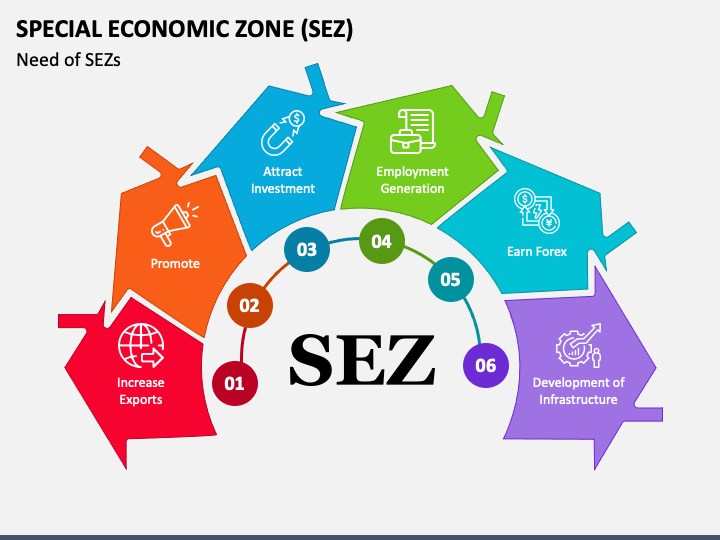Context:
On June 9, the Ministry of Commerce and Industry announced key amendments to the Special Economic Zones (SEZ) Rules, 2006. These changes aim to make it easier and faster to set up SEZs specifically for semiconductors and electronic components.
Recent Reforms in SEZ Rules (June 2025)
1. Minimum Land Area Requirement Reduced (Rule 5)
- Earlier Rule: A semiconductor SEZ needed a minimum of 50 hectares of land.
- New Rule: This requirement has been reduced to just 10 hectares.
- Impact: Smaller investments can now qualify for SEZ benefits such as tax exemptions, duty-free imports, and infrastructure support. This makes it more feasible for more companies to enter the sector.
2. Relaxation of Encumbrance-Free Land Condition (Rule 7)
- Earlier Rule: SEZ land had to be completely “encumbrance-free”, meaning no legal claims or disputes over ownership.
- New Rule: The Board of Approval can now relax this condition.
- Impact: Given India’s complex land laws and slow legal processes, this change will help SEZs come up more quickly.
3. Domestic Sales Allowed for SEZ Units (Rule 18)
- Earlier Rule: SEZ units were mainly export-oriented.
- New Rule: SEZs can now sell their products in the domestic market, after paying applicable duties.
- Impact: This makes SEZs more flexible, protects them from global trade disruptions, and ensures local supply of critical components.
Why Semiconductors Matter?
- Semiconductors are tiny chips that power almost every modern electronic device. They are essential for smartphones, computers, televisions, smart speakers, and even cars. They also form the backbone of advanced technologies like Artificial Intelligence (AI) and Machine Learning (ML). As digitalisation continues to grow, the importance of semiconductors increases.
- In 2021, China produced about 35% of the world’s semiconductors, according to the Semiconductor Industry Association. The COVID-19 pandemic highlighted the dangers of depending on one country for such a critical resource. As a result, many countries, including India, started investing in building their own semiconductor production capacity.
The Semicon India Programme
In 2022, India launched the Semicon India programme with an outlay of ₹76,000 crore. This was a major step towards encouraging domestic chip manufacturing and building a sustainable semiconductor ecosystem.
Though the changes are very recent, they have already led to the approval of two new SEZ projects:
1. Micron Semiconductor Technology India
o Location: Sanand, Gujarat
o Area: 37.64 hectares
o Investment: ₹13,000 crore
o Purpose: Semiconductor manufacturing
2. Hubballi Durable Goods Cluster (Aequs Group)
o Location: Dharwad, Karnataka
o Area: 11.55 hectares
o Investment: ₹100 crore
o Purpose: Manufacturing electronic components
Conclusion
India is making serious efforts to build a strong domestic semiconductor industry. The new changes to SEZ rules show a clear intent to remove bottlenecks and attract investment. While long-term results will take time to show, the early approvals of major projects like Micron’s plant are encouraging signs that the policy is on the right track.







